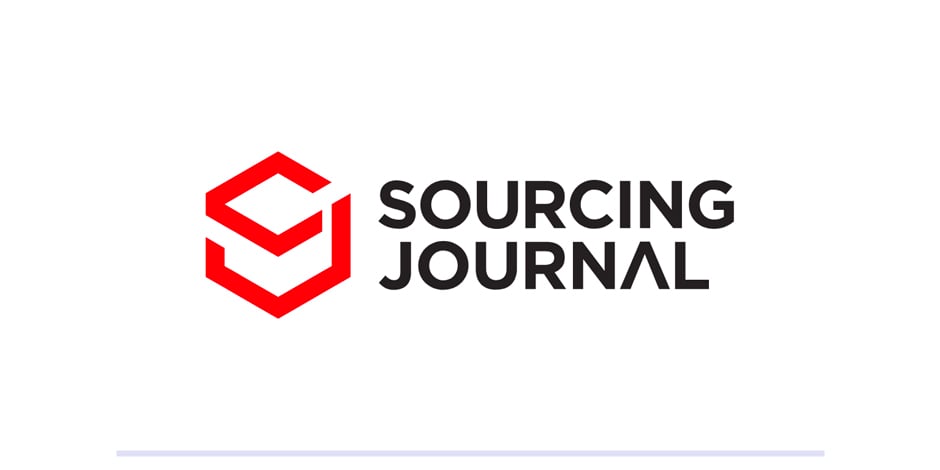First Insight documented a shift underway in consumer spending. Nearly all consumers, or 97 percent, are rejiggering their spending in order to afford groceries, gas, housing, and healthcare, their four biggest priorities, according to the product decision platform’s “The State of Consumer Spending: Inflation Impacting Consumer Confidence” report. The majority (82 percent) are sniffing out sales and promotions, while 40 percent say they’re sticking to a budget and 28 percent are buying less.
Clothes-shopping consumers pushed apparel sales up in April, according to Mastercard SpendingPulse data, but inflation is doing its best to crash the retail party.
Mastercard said that April’s clothing sales rose 10.8 percent year-over-year, while department stores were up 15.7 percent year-over-year, aligning with Afterpay data showing that sales in the channel during its bi-annual Afterpay Day “holiday” surged 261 percent from autumn. However, Mastercard’s credit card intel suggests the growth rates for apparel and department stores “have started to soften from the peaks earlier this year.”
Sales in furniture and furnishing rose 3.8 percent year-over-year for the seventh consecutive month of positive growth. “While the super-hot housing market is starting to show signs of cooling, consumers continue investing in their homes and feathering their nests for seasons to come,” Mastercard said.
Total unadjusted retail sales excluding automobiles rose 7.2 percent from the year before as in-store sales perked up 10.0 percent, while Afterpay’s March data found physical-store sales leaped 91 percent, “nearly doubling from August.” The opposite is true for digital sales, according to Mastercard, which documented a 1.8 percent year-on-year decline in e-commerce, which is still 92 percent above where it was in April 2019. Store sales were strongest in California, New York, Florida, Nevada and Illinois, Mastercard said.
“Whether for a family barbeque, returning to the office or senior prom, it seems like everyone is out shopping for something,” said Steve Sadove, senior advisor for Mastercard and former Saks Inc. chairman and CEO.
Other indicators suggest inflation is making consumers think twice about spending.
First-time U.S. unemployment benefits claims for the week ended April 30 rose by 19,000 to 200,000, the Department of Labor reported Thursday, for the biggest first-time filer uptick since mid-February and biggest weekly bump in claims since July last year. Meanwhile, ADP’s April National Employment Report showed private sector employment rose by a seasonally adjusted 247,000 from March to April, a sharp slowdown from 479,000 in March, 601,000 in February, and 512,000 in January.
 at Sourcing Journal (subscription required) or download below.
at Sourcing Journal (subscription required) or download below.
















